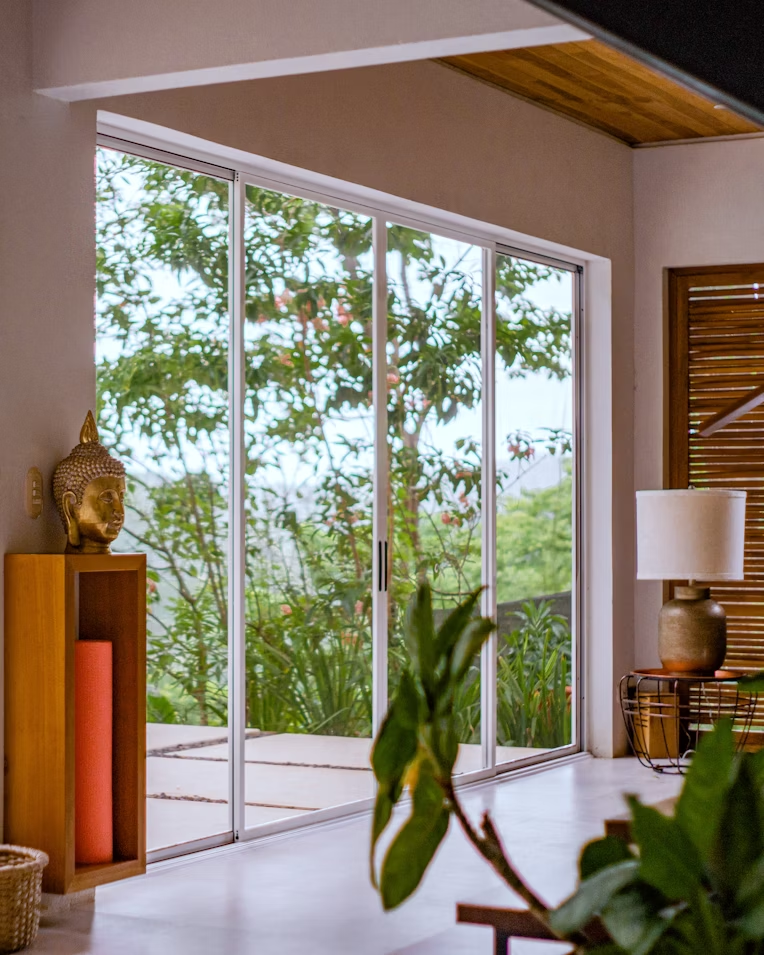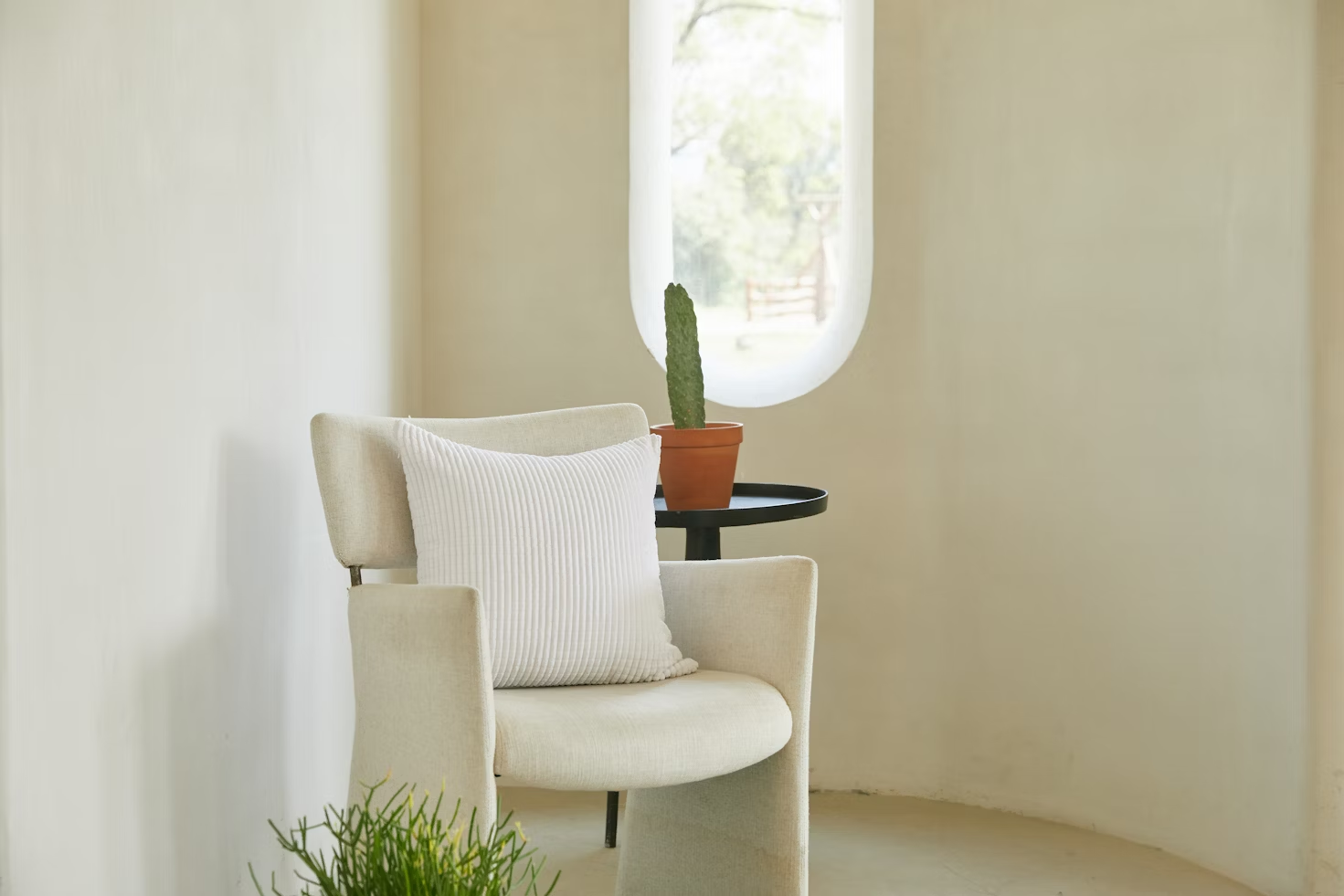Furnishing an entire home from scratch can feel overwhelming, especially if it’s your first impression or after a big move. Stepping through the front door of an empty house can make the scope of the task feel daunting. There’s the excitement of creating a new life in this space, but also the daunting realization of the financial and emotional investment it requires.
With careful planning and smart strategies, you can furnish your home stylishly and functionally without overspending or stressing out. This guide offers a step-by-step approach to transform your space while keeping both your budget and peace of mind intact.
Step 1: Get Clear on Your Priorities
Shopping without a plan often leads to stress and overspending. Before you buy a single piece of furniture, sit down and determine what you need most based on your lifestyle. Are you working from home and need a comfortable office setup? Do you love entertaining and need a functional dining area? Identifying your main priorities helps avoid feeling overwhelmed and ensures focus on what truly matters.
Make a room-by-room needs list and a simple realistic budget for each space. This careful planning can help you manage your finances better and avoid impulse buys that don’t serve your immediate needs. Documenting your priorities in one accessible place helps maintain clarity and organization throughout the spending process.
Assessing your space and habits allows for effective prioritization of purchases. For example, if you spend most of your time in the living room, investing in a comfortable sofa might be a higher priority than setting up a guest bedroom.
Step 2: Furnish by Zone, Not All at Once
Furnishing an entire room at once can result in a cluttered and incoherent look. Instead, tackle your home in phases. Start with the functional rooms you use the most, like the bedroom and main living area. This approach allows you to focus your budget and energy where it counts the most.
You’ll learn the light patterns, traffic flow, and practical needs of each room before committing to major furniture pieces. This insight allows for informed decisions and helps avoid costly mistakes that don’t fit your lifestyle or the room’s natural dynamics.
Once the essential zones are set up, you can gradually move on to other rooms like guest rooms or patios.
Step 3: Invest in Long-Term Basics First
Some big-ticket items are worth the investment early on. Focus on foundational elements like:
- a good and comfortable mattress
- a sturdy sofa
- a reliable dining table
- essential kitchenware These items significantly impact daily comfort and function, making it wise to spend more on quality.
Investing in high-quality furniture can reduce the need for frequent replacements, thus saving money in the long run. Long-lasting basics offer a stable backdrop for personal style updates without requiring complete overhauls. Choose versatile and timeless designs that can easily integrate new trends or personal touches later.
While it’s tempting to buy cheaper options to fill your space quickly, consider the long-term benefits of durable basics.
Step 4: Add Function with Smart Essentials

After securing long-term basics, focus on smaller essential purchases that enhance daily life. Consider:
- Storage solutions
- Lighting
- Curtains
- Functional appliances
These items might seem minor, but they play a crucial role in making your home more livable with a little tlc.
Storage solutions like modular shelves and multi-purpose furniture can help save space and keep your space organized and clutter-free. Lighting, both ambient and task-oriented, can significantly impact the room feel and usability. Curtains not only add a decorative touch but also provide privacy and light control.
Keeping clothes presentable is essential, even without a full laundry room setup. Investing in a reliable steam iron, like the Panasonic steam iron, ensures your wardrobe stays neat without taking up much space.
Step 5: Build Atmosphere on a Budget
A warm and inviting atmosphere can be created affordably. Add personality to your home decor with affordable textiles, wall art, and plants. These elements can transform your space with minimal investment.
Soft furnishings and decorative items that enhance room comfort include:
- Blankets and cushions in warm colors
- An area rug made of natural materials like wool or jute, which creates a welcoming ambiance
- Candles and fairy lights that add warmth and a pleasant fragrance, contributing to a cozy atmosphere
Check out platforms offering the best art portfolio online in Singapore, where emerging artists showcase affordable original pieces. Thrift stores, flea markets, and even DIY projects can help you add character without maxing out your budget.
Step 6: Integrate Style Through Small Touches
Adding style to your home doesn’t require a fortune. Affordable items like rugs, throws, baskets, and decorative lighting can make a significant impact without a hefty price tag.
Unifying rooms with paint colors, color palettes, and textures creates a cohesive look. Select key accessories that reflect your style and make the home feel designed, even if the furniture is functional and basic.
Decorative elements like wall sconces, small pots, and baskets bring a minimalist style to life in a small space. These decorated small touches can transform walls and make a space feel more personalized and polished.
Step 7: Incorporate Compact Tech for Comfort
Modern technology significantly enhances home comfort and welcome. Wireless, compact solutions for entertainment and productivity make it easier to integrate tech into your home without major investments.
Portable Bluetooth speakers enhance everyday activities – from cooking to unwinding – without a major electronics setup. These small speakers provide high-quality sound and are easy to move, making them versatile additions to any room.
Smart home technology, like smart lighting and climate control devices, improves convenience and comfort.
Step 8: Embrace the Secondhand Market
Secondhand furniture and décor can lead to incredible savings on quality items. Thrift stores, garage sales, and online marketplaces are treasure troves for budget-conscious decorators.
Local thrift stores and flea markets offer unique finds that personalize your living spaces. Secondhand items in your home design create spaces that reflect individuality and creativity, embracing a shabby chic style. Visit a craft store to discover even more options for your creative projects, including local garage sales.
Practical thrifting tips include checking item conditions, negotiating pricing, and refinishing pieces to give them new life.
Step 9: Mix High and Low Strategically
Mixing high-end and affordable items creates a balanced, stylish space without overspending. Here’s how to achieve this:
- Anchor a room with a sturdy core item, like a solid wood bed frame or sofa.
- Layer in inexpensive pieces to add depth and character to your home.
- Use high-quality focal pieces to ensure longevity and style in your interior space.
Thrift stores and flea markets offer unique finds that enhance your home’s character without breaking the bank. Balancing high-end and economical items is crucial for visual harmony.
Step 10: Avoid Decision Fatigue

Too many choices can stall progress and lead to costly mistakes. A consistent aesthetic or theme streamlines decisions and serves more than one purpose, preventing buyer’s remorse and generating fresh ideas.
Mood boards or Pinterest collections help visualize design goals and keep choices aligned with your vision. Limiting choices to one material tone or color palette per room reduces decision fatigue and keeps design cohesive.
Step 11: Stay Minimal (For Now)
It’s okay not to fill every corner of your home immediately. Staying minimal allows your space to evolve naturally and lets you make smarter, more intentional choices over time. Minimalism offers psychological benefits like less clutter, more clarity, and easier cleaning. A neutral color scheme and negative space enhance openness and balance within a room.
Quality, timeless furniture over trendy items contributes to a more sophisticated minimalist interior. Natural materials like wood and stone introduce warmth and texture while keeping the design timeless.
Step 12: Take Advantage of Sales and Deals
Saving money while furnishing your home involves timing and strategy. Seasonal sales offer big-ticket items at lower prices, including:
- Back-to-school events
- Black Friday
- Year-end clearances Many retailers offer significant discounts during these periods, making them ideal for planning purchases to save money.
Deal-tracking tools and brand newsletters provide early notifications of sales and exclusive discounts. Loyalty programs offer access to special deals and additional savings.
Outlet stores and online discount platforms offer substantial savings on high-quality furniture and decor.
Step 13: Don’t Forget the Details
While focusing on furniture and major decor items, smaller household necessities and other items can be overlooked. Items like:
- dish racks
- hangers
- tools
- extension cords
- lightbulbs
- trash bins are essential but often forgotten in the excitement of decorating.
A checklist for these small objects ensures nothing is missed. Purchasing these items after your big pieces are in place prevents clutter and overwhelm.
Step 14: Let the Space Grow with You
Furnishing a home is a journey, not a single transaction. Your needs and tastes will evolve, and it’s okay for your home to feel unfinished for a while. Embrace the idea that the most loved spaces are filled gradually with care and authenticity.
As your life changes, so will your space. What worked initially might not suit your needs later, and that’s normal. Letting your home grow with you leads to a more personalized and functional living environment.
Patience is key. Adding pieces slowly and intentionally ensures that each item has a purpose and a place, creating a home that truly reflects who you are and what you value.
Conclusion
You don’t need to be rich or an interior-design savvy to create a home you love. With a clear strategy, a bit of patience, and some resourcefulness, anyone can furnish a space that feels comfortable, personal, and financially responsible.
The best homes are built thoughtfully over time, with each piece chosen carefully to reflect the personality and lifestyle of its inhabitants. Don’t rush the process or feel pressured to have everything perfect right away.
Remember, the goal is to create a space that enhances your quality of life and brings you joy, creating a space feel that is both stylish and functional. With these tips and a bit of creativity, you can achieve a stylish and functional home without losing your mind or your wallet.
Frequently Asked Questions
Why is it important to prioritize needs before shopping for furniture?
Prioritizing needs before shopping for furniture is crucial to prevent stress and overspending, ensuring you focus only on what truly fits your lifestyle and space. This thoughtful approach leads to a more satisfying and effective furniture selection!
How can living in the space first benefit the furnishing process?
Living in the space first enables you to grasp essential details like light patterns and traffic flow, which helps you make smarter furnishing choices and avoid costly errors. This experience ultimately leads to a more harmonious and functional living environment.
What are some key long-term basics worth investing in early on?
Investing early in essentials like a good mattress, a sturdy sofa, a reliable dining table, and quality kitchenware will enhance your daily comfort and functionality in your home. Prioritize these basics for a happier, more efficient living space!
How can secondhand furniture and decor enhance my home?
Secondhand furniture and decor can transform your home with unique, personalized pieces that reflect your style while saving you money and supporting sustainability. Embrace the charm of reusing quality items and watch your space come alive!
What are some strategies to avoid decision fatigue when furnishing a home?
To avoid decision fatigue when furnishing your home, establish a consistent aesthetic or theme and create mood boards to streamline choices. This approach simplifies your decisions, ensuring you feel confident and satisfied with your selections!

